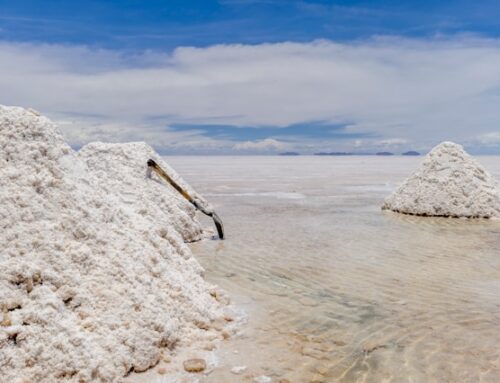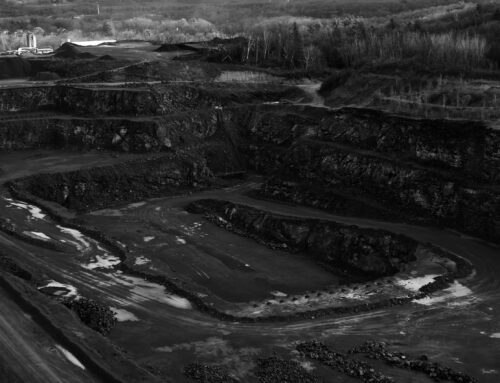Platinum, a precious metal renowned for its rarity, durability, and unique properties, has captivated humanity for millennia. From its discovery in ancient civilizations to its pivotal role in modern technology, platinum has left an indelible mark on our world. This blog post delves into the multifaceted world of platinum, exploring its chemical properties, diverse applications, global reserves, prominent producers, and its enduring relationship with humankind.
Unveiling Platinum’s Chemical Prowess
Platinum, a chemical element with the symbol Pt and atomic number 78, is a dense, malleable, ductile, and highly unreactive transition metal. Its exceptional chemical properties make it indispensable in various industrial applications.
- Inertness: Platinum’s resistance to corrosion and oxidation, even at high temperatures, makes it ideal for use in harsh environments.
- Catalytic Activity: Platinum’s ability to accelerate chemical reactions without being consumed makes it a crucial catalyst in various industrial processes, including producing fertilizers, plastics, and pharmaceuticals.
- High Melting Point: Platinum’s high melting point (1,768.3 °C or 3,214.9 °F) makes it suitable for high-temperature applications, such as jet engines and crucibles.
- Electrical Conductivity: Platinum’s good electrical conductivity makes it useful in electronic devices and electrical contacts.
Platinum’s Industrial Footprint
Platinum’s unique properties have made it indispensable in various industries, each contributing to the global demand for this precious metal.
- Automotive Industry: Platinum is a critical component in catalytic converters, which reduce harmful emissions from vehicles. This industry accounts for the largest share of platinum demand, consuming approximately 40% of the global supply.
- Jewelry Industry: Platinum’s lustrous white appearance and durability make it a popular choice for jewellery. This industry accounts for approximately 30% of the global platinum demand.
- Electronics Industry: Platinum is used in various electronic components, including hard disk drives, printed circuit boards, and electrical contacts. This industry accounts for approximately 15% of the global platinum demand.
- Chemical Industry: Platinum catalysts are essential in the production of various chemicals, including fertilizers, plastics, and pharmaceuticals. This industry accounts for approximately 10% of the global platinum demand.
- Other Industries: Platinum is also used in various other industries, including aerospace, medical, and investment. These industries collectively account for the remaining 5% of the global platinum demand.
Platinum’s Global Distribution
Platinum is a rare element, found in only a few locations around the world. The majority of platinum reserves are concentrated in a few countries.
- South Africa: South Africa holds the world’s largest platinum reserves, accounting for approximately 75% of the global total.
- Russia: Russia is the second-largest platinum reserve holder, accounting for approximately 15% of the global total.
- Zimbabwe: Zimbabwe holds the third-largest platinum reserves, accounting for approximately 5% of the global total.
- Other Countries: Other countries with significant platinum reserves include Canada, the United States, and Australia.
Platinum’s Key Players
The platinum industry is dominated by a few key players, including producers, importers, and exporters.
Top 5 Platinum Producers:
- Anglo-American Platinum (South Africa)
- Norilsk Nickel (Russia)
- Impala Platinum (South Africa)
- Sibanye-Stillwater (South Africa)
- Lonmin (South Africa)
Top 5 Platinum Importers:
- United States
- China
- Japan
- Germany
- United Kingdom
Top 5 Platinum Exporters:
- South Africa
- Russia
- United Kingdom
- United States
- Canada
Platinum’s Historical Significance
Platinum’s history with humankind dates back to ancient civilizations.
- Pre-Columbian Era: Platinum was known to pre-Columbian South American cultures, who used it to create intricate artefacts.
- 16th Century: Platinum was first recognized by European scientists in the 16th century, but it was initially considered a nuisance due to its high melting point and difficulty in working with.
- 18th Century: Platinum’s unique properties were recognized in the 18th century, leading to its use in various applications, including jewellery and scientific instruments.
- 19th Century: Platinum’s use in catalytic converters in the 19th century revolutionized the automotive industry and cemented its importance in modern technology.
Price fluctuations: who affects platinum
Platinum’s price, like any commodity, is a delicate dance between supply and demand, influenced by a complex interplay of factors. Industrial demand, particularly from the automotive sector for catalytic converters, is a major driver. Economic growth, especially in regions with high car ownership, fuels this demand, while recessions can dampen it.
Supply-side factors are equally crucial. Platinum’s rarity and geographically concentrated mining, primarily in South Africa and Russia, make it vulnerable to disruptions. Labour strikes, political instability, or even environmental regulations in these regions can significantly impact supply, sending prices soaring.
Investor sentiment also plays a role. Platinum, like gold, can be seen as a safe-haven asset during times of economic uncertainty, driving up demand and price. Speculation and trading activity can further amplify price swings.
Technological advancements can have a mixed impact. While stricter emissions standards increase platinum use in catalytic converters, the rise of electric vehicles, which don’t need them, could dampen demand in the long term. Similarly, innovations in recycling technologies can increase supply, potentially lowering prices.
Finally, currency fluctuations, particularly the strength of the US dollar, can influence platinum prices. A stronger dollar can make platinum more expensive for buyers using other currencies, potentially reducing demand.
In conclusion, platinum’s price is a multifaceted puzzle, with industrial demand, supply disruptions, investor sentiment, technological shifts, and currency fluctuations all playing a part. Understanding these intricate dynamics is crucial for anyone involved in the platinum market.
Platinum: A Symbol of Importance
Platinum’s rarity, durability, and unique properties have made it a symbol of importance throughout history. Its use in jewellery signifies luxury and prestige, while its role in catalytic converters highlights its contribution to environmental protection. Platinum’s importance extends beyond its material value, representing progress, innovation, and sustainability.
In conclusion, platinum’s unique properties have made it an indispensable metal in various industries, shaping our world in profound ways. From its crucial role in reducing vehicle emissions to its use in life-saving medical devices, platinum’s impact is undeniable. As technology continues to advance and new applications for platinum emerge this precious metal will undoubtedly remain a vital resource for generations to come.


